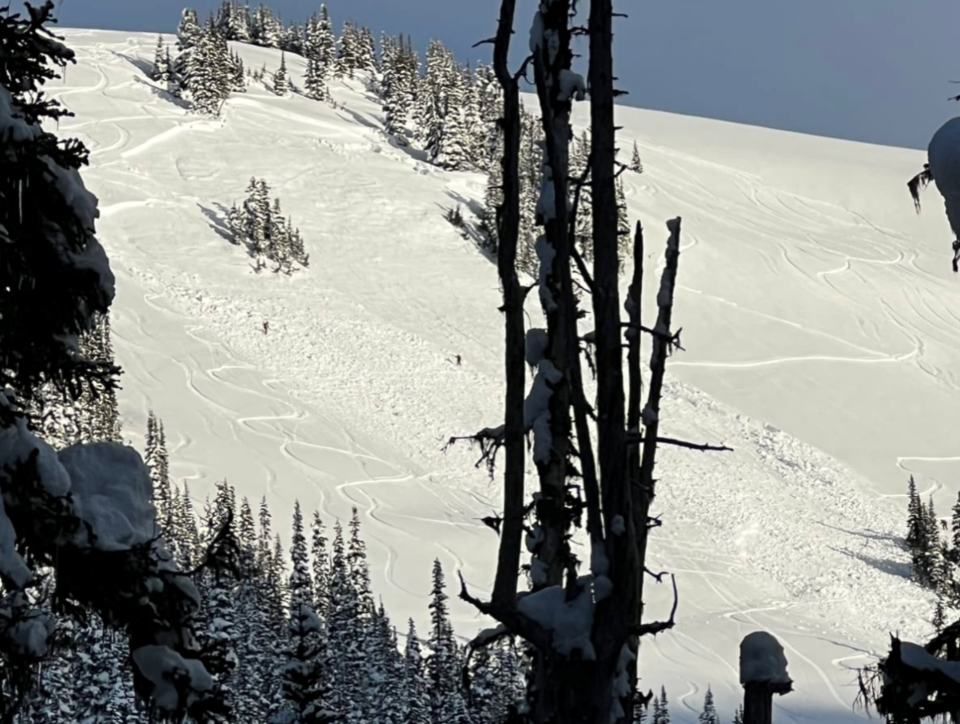Whistler is revelling in the glory of consistent snowfall for the first time this season—but as temperatures warm, things are about to get spicy in the backcountry, according to Avalanche Canada.
"What’s on tap for the weekend? A major shakedown," reads Avalanche Canada's weekly backcountry update for the region. "Weather models are unanimous on this one. A large area of high pressure (clear skies) and very warm air is pushing northward along the Pacific coast and will result in treeline and alpine temperatures this weekend as high as 10 C in the shade.
"There’s no need to dance around the issue. This warming event will produce all kinds of natural avalanche activity. The potential for human-triggered avalanches will be even greater."
Intense storms, well-preserved weak layers, and rapid weather changes have kept things interesting, the update said.
"A look at some of the recent avalanche reports from the region gives a good snapshot. There’s a thin and tough-to-predict line between safe and unsafe terrain, with deep crown fractures occasionally reaching into fairly low slope angles," it said.
"During times with more benign snowpack layering and more predictable avalanche problems, this kind of warming generates wet, loose avalanches on sun-exposed slopes. Cornices fail and test the slopes below, occasionally triggering wind slabs or more isolated deep snowpack weaknesses."
This time around, forecasters expect a "much more dramatic impact," the update said.
"We know the weak layers are there. Recent avalanche activity has confirmed their sensitivity, and there is no question of the power of double-digit temperatures to expose them. Standard warm temperature instabilities like wet, loose avalanches and cornice falls? Well, they’re likely to play an important role too—as triggers for deeper releases," it said.
"In a way, the situation is a bit easier to manage than if temperatures were closer to seasonal and persistent slab activity more sporadic. The weather heading our way is giving us a very clear message. At least until the mid-week, it’s a good time to avoid avalanche terrain entirely."
Find up-to-date conditions and safety tips at avalanche.ca.




